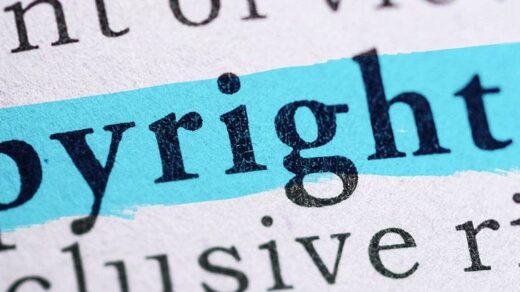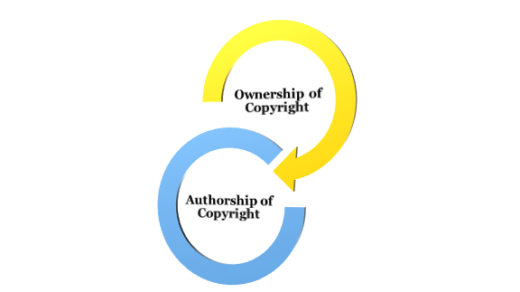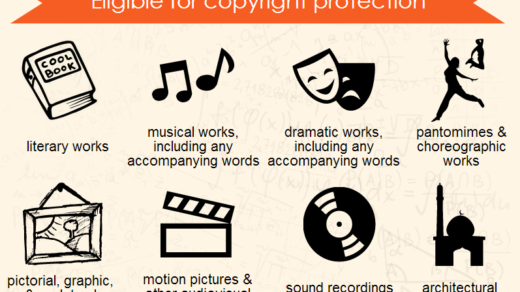In the sprawling landscape of the digital age, emerging artists find themselves at the nexus of unparalleled opportunity and daunting challenge. The internet has democratized access to audiences worldwide, but it has also saturated the market with content, making it harder for individual voices to stand out.
In this context, trademarks become not just a legal formality but a crucial tool for artists seeking to expand their brand presence across various platforms while safeguarding their intellectual property rights. This article delves into strategies for effectively leveraging trademarks in the digital sphere.
Establishing a Unique Brand Identity
The cornerstone of leveraging trademarks is the establishment of a unique brand identity. This involves more than just creating memorable art; it’s about forging a distinct identity that resonates with audiences.
A trademark, be it a logo, slogan, or distinctive brand name, encapsulates this identity and becomes a symbol of the artist’s unique voice and vision. By registering a trademark, artists gain the exclusive right to use this symbol in their marketing and sales efforts, setting their work apart in a crowded digital marketplace.
Strategic Use of Social Media
Social media platforms are powerful tools for brand building, offering artists a direct line to engage with their audience. However, the ephemeral nature of digital content means that artists must consistently reinforce their brand identity across platforms.
A trademark can serve as a consistent visual or textual cue that helps audiences instantly recognize and connect with an artist’s work amidst the digital noise. Using trademarks strategically in profile names, hashtags, and visual content can enhance brand recognition and loyalty.
Safeguarding Digital Content
The digital age has amplified the risk of intellectual property theft, with artworks being easily copied and distributed without permission. A registered trademark offers a layer of legal protection, granting artists the authority to take action against infringers who misuse their brand identity to sell counterfeit goods or misrepresent the origin of artworks.
By clearly marking their digital and physical works with a trademark, artists signal their commitment to protecting their intellectual property, deterring potential infringers.
Expanding into New Markets and Platforms
As artists grow their presence online, they may venture into new markets and platforms, such as online marketplaces, digital galleries, and merchandise. A trademark can serve as a portable brand asset that transcends mediums and borders.
Before expanding, artists should consider the territorial nature of trademarks and explore international registration options, such as the Madrid Protocol, to ensure their brand is protected in key markets. This strategic approach to trademark protection can open doors to global opportunities without compromising the integrity of their brand.
Collaboration and Licensing
The digital age fosters collaboration, with artists frequently partnering with brands, other creators, and platforms. In these collaborations, trademarks can be powerful assets, defining the terms of usage and ensuring that the artist’s brand identity is properly represented.
Furthermore, licensing agreements, in which artists allow others to use their trademarked brand in exchange for royalties, can be a lucrative revenue stream. Clear, legally sound agreements are crucial to protecting the artist’s rights and maintaining control over how their brand is used.
Conclusion
In the rapidly evolving digital landscape, trademarks are invaluable assets for emerging artists seeking to carve out a niche and protect their creations.
By establishing a unique brand identity, strategically leveraging social media, safeguarding digital content, expanding into new markets, and engaging in collaborations and licensing, artists can effectively use trademarks to enhance their brand presence and safeguard their intellectual property rights.
As the digital and artistic worlds continue to intertwine, a well-conceived trademark strategy is not just advisable; it’s essential for success and sustainability in the digital age.




